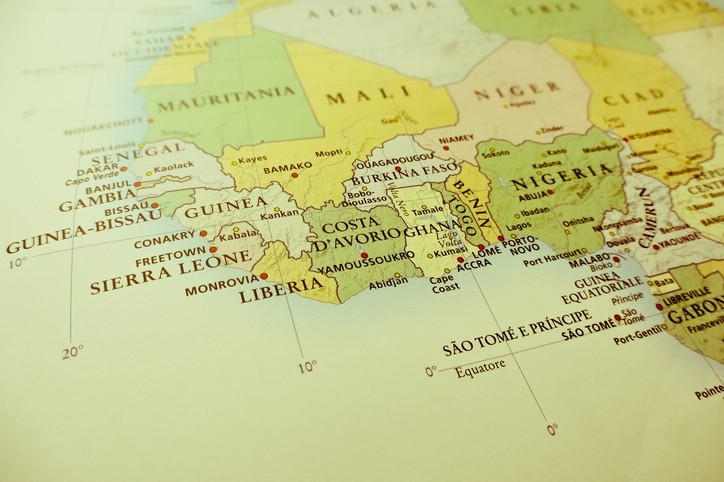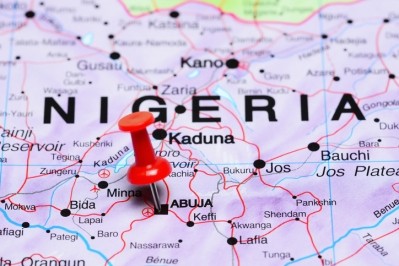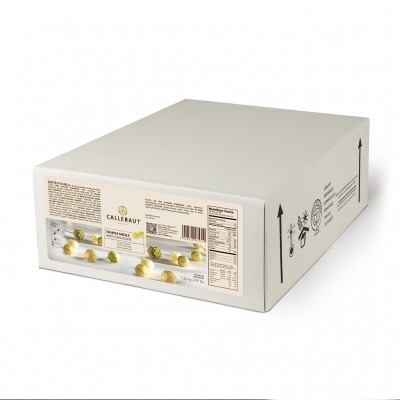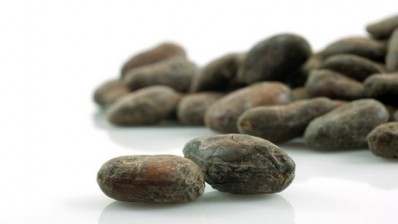Local chocolate players remain competitive in West Africa as regional sales set to grow

Cameroon’s retail sales for chocolate confectionery, for example, rose to $68.9m by 2017 from $50.6m in 2012; while Nigeria reached $39.7m this year compared to $25.9m in 2012.
By 2022, Cameroon and Nigeria are expected to reach $79.8m and $51m in chocolate confectionery retail sales respectively, growing by 3% and 5.2% during the 2017-2022 period, according to the market data provider.
Retail sales by distribution channels
The majority of the chocolate confectionery sales come from independent small grocers and other grocery retailers, according to Euromonitor. In Cameroon, independent small grocers and grocery retailers accounted for 37% and 31% of retail value sales respectively in 2016. However, unlike Nigeria where chocolate confectionery is not typically sold in traffic due to the danger of melting, Cameroon has seen a rising trend of sales by “hawkers in traffic jams” taking advantage of impulse purchases to entice consumers.
Thanks to the increasing modernization, both Nigeria and Cameroon saw rapid chocolate sales growth through supermarkets. The channel’s value share grew by two percentage points in 2016 to reach 22% in Cameroon.
Mars, Nestlé, Mondelēz dominate region
The data indicated that major global confectioners, such as Mars and Mondelēz, make up the majority of the market share in West Africa, particularly in Nigeria. Mars recorded a 37% market share by 2016, making it the region’s largest chocolate company.
“Standard brands such as Snickers, KitKat, and Bounty dominate chocolate confectionery sales in Nigeria… a few premium brands, such as Ferrero Rocher, are popular among middle to upper income consumers,” Euromonitor said.
Mondelēz, which contributed to 11.2% of Nigeria’s chocolate market in 2016, said the country is its most important market in West Africa.
“Cadbury Bournvita, a fortified chocolate beverage, is our local power brand and a leader in the country’s food and drinks category,” company spokesperson, Jane Corcoran, said. “TomTom and Trebor Buttermint candies and Trident gum are also local favorites.”
However, Mondelēz’s consumer business is much smaller in Côte d’Ivoire and Ghana where the company predominately operates its sustainable cocoa sourcing program, she mentioned.
Local brands gaining share
Euromonitor said the leading economy brand in Nigeria is Chocomilo, a locally produced chocolate cube available in very small sizes, and other brands are primarily Middle Eastern or Asian, including Tayas Chocolate Gift Assorted Box and Hazal Bir-Kat from Turkey.
Data on specific economy brands is not available, but Euromonitor suggested that “other” chocolate confectionery category (except major western companies) only accounted for 16.9% of the market share in the country.
“Economy brands have a lower presence but are gaining sales shares,” Euromonitor pointed out.
Similar trends are also seen in Cameroon, where domestic companies such as Chocolaterie Confiserie du Cameroun, “strived to remain competitive with international players” by satisfying the lower consumer base, Euromonitor added.
“They sought to consolidate their market shares by focusing only on economy or standard products affordable to this segment… Despite their number of years in operation, these players have not attempted to go premium.”






